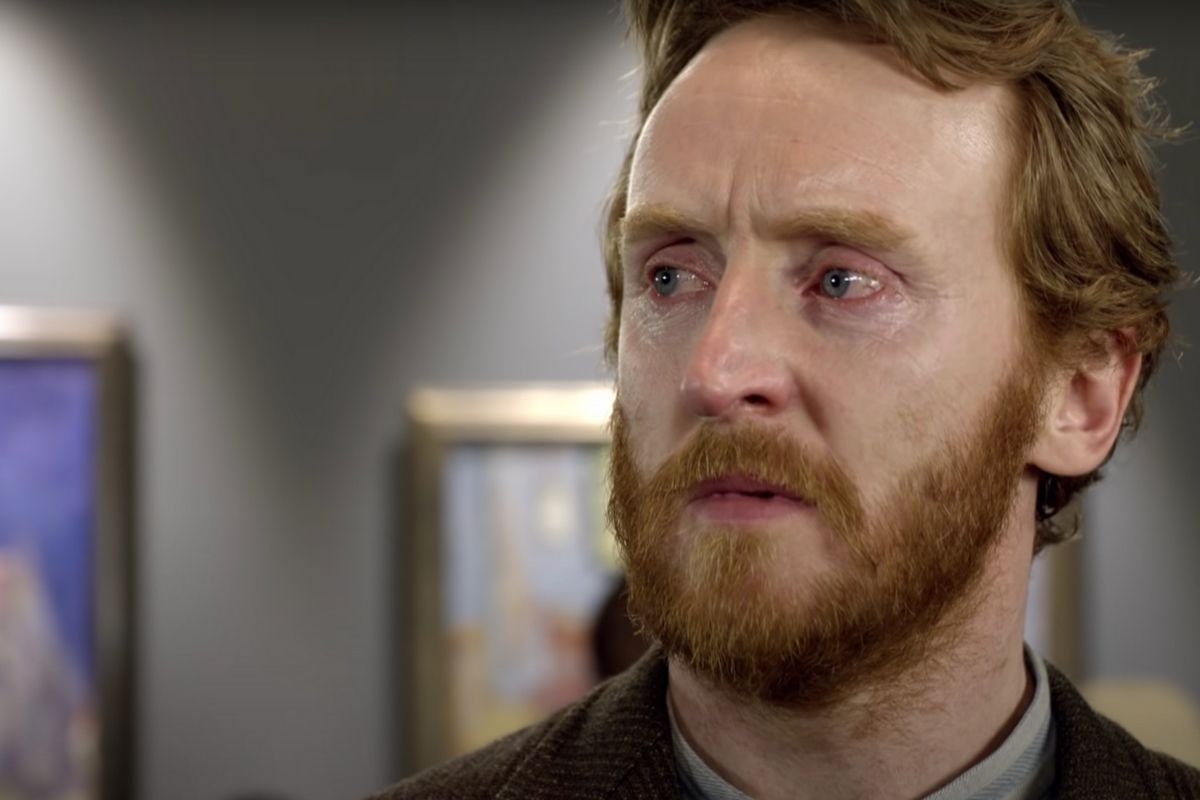Doctor Who has inspired an intense fandom since 1963, when the first iteration of this science fiction program premiered on BBC. The British phenomenon was revived in 2005 and gained a worldwide cult following. Following the adventures of “the Doctor,” a Time Lord alien who can travel through the universe aboard the TARDIS police box spaceship, Doctor Who plot possibilities are literally endless.
Videos by Rare
But it’s the Doctor’s emotional meeting with painter Vincent Van Gogh in the 2010 episode “Vincent and the Doctor” that still has fans talking. Exploring the dark theme of depression through a characteristically fantastical format, “Vincent and the Doctor” remains one of the best Doctor Who episodes of all time.
‘Doctor Who’
Depicting the adventures of a time-traveling Doctor for more than four decades, it’s no surprise that several lead actors in Doctor Who have needed phasing out. Altogether, there have been 13 separate Doctors. In 2017, Jodie Whittaker became the first woman in the role. True to form, these transitions are written into the script: the Time Lord must transform when their current body is too badly injured. This has left the opportunity to liven up the ongoing series through new artistic portrayals through the Time Lord’s infinite stages of life.
Alongside the Doctor is a companion, usually human, who offers a moral comparison. Companions phase out more regularly than Time Lords, and so a large variety of these sidekicks have passed through the show. The Eleventh Doctor, played by Matt Smith, was the first to travel with a married couple: Amy Pond, played by Karen Gillan, and Rory Williams, played by Arthur Darvill. During the fifth season of the Doctor Who reboot, “Vincent and the Doctor” takes place immediately following Rory’s disappearance. Amy and the Doctor alone travel back in time to Arles, France circa 1890: the year of Vincent Van Gogh’s suicide at the age of 37.
“Vincent and the Doctor”
First, a brief recap of the episode: Amy Pond and the Eleventh Doctor see the post-impressionist paintings of Vincent van Gogh at the Musée d’Orsay in Paris. Believing he spots an alien lurking in van Gogh’s The Church at Auvers, the pair decides to travel back in time to speak with the artist. Arriving in Auvers-sur-Oise during 1890, they meet van Gogh, played by Tony Curran. He is a lonely social outcast who believes his work has no value.
Soon, they are attacked by an invisible monster that only Vincent van Gogh can see. After drawing it, the Doctor identifies it as a Krafayis. The trio then goes to the Church at Auvers, where van Gogh starts work on his titular painting. Noticing the Krafayis, he saves both the Doctor and Amy from the Krafayis by impaling it with his own Vincent’s easel.
Following the traumatic event, the Doctor and Amy travel with Vincent van Gogh to the present-day van Gogh exhibit at the Musée d’Orsay. When the art curator Dr. Black, played by the effervescent Bill Nighy, showers van Gogh’s work with authentic praise, calling him “the world’s greatest artist.” Van Gogh is overcome with emotion and ready to return home. Amy and the Doctor leave van Gogh on a high note, and so Amy is crushed to learn that the artist still committed suicide so soon after their adventure. However, there is some difference: the alien face no longer appears in The Church at Auvers, and van Gogh’s iconic Vase with 12 Sunflowers now has a dedication: “For Amy.”
Analyzing “Vincent and the Doctor”
Ok, here we go. The next Doctor Who watchalong is…
VINCENT AND THE DOCTOR
Monday 30 March (Vincent van Gogh's birthday), 7pm BST
Featuring live tweets from RICHARD CURTIS and @emmafreud!
The hashtag is: #TheUltimateGinger 😀 pic.twitter.com/XestFrZgx0
— Emily Cook (@Emily_Rosina) March 26, 2020
Compared to other Doctor Who episodes, “Vincent and the Doctor” can essentially stand alone. The somewhat self-contained escapade is a crowd-pleaser for Doctor Who fans who found joy in watching this sweet, if melancholic, artistic tribute. Engaging with this familiar piece of history, “Vincent and the Doctor” offers a parallel interpretation of the life of Vincent van Gogh.
This contemporary TV episode successfully uses extra-terrestrial plot devices to re-examine some fundamental mysteries. Although the invisible monster might feel like a somewhat clunky metaphor, overall, screenwriter Richard Curtis‘ script does not sugarcoat the complexities of mental health. More than ten years after its premiere, the episode is still celebrated. Last March 30th, on Van Gogh’s birthday, a live coordinated watch-along was organized featuring live tweets from Richard Curtis and Emma Freud.



